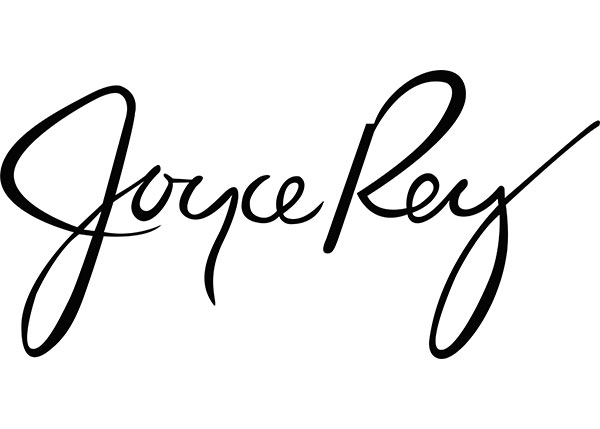This New Hypersonic Aircraft Will Hit the Skies Later This Year
The Quarterhorse is eventually expected to reach Mach 5.5—or 4,219 mph.

Hermeus is one step closer to making its hypersonic dreams a reality
The Atlanta-based start-up unveiled its first hypersonic aircraft at the end of last week, marking a major advance in high-speed travel. The new Quarterhorse Mk 1 was designed, built, and integrated in just seven months. More impressive still, the aircraft is expected to hit the skies later this year
Hermeus has been beavering away on hypersonic aircraft since 2018, but the team has picked up some serious speed and delivered two fully integrated prototypes in the past year. (The non-flying Quarterhorse Mk 0 completed testing in January.) Hermeus says it is aiming to produce one aircraft every 12 months as the Quarterhorse program advances. The goal is to get the aircraft to fly at a hypersonic speed of Mach 5.5—or 4,219 mph. To put that into perspective, the Quarterhorse could get you from New York to London in less than an hour
“The most unique and important aspect of our approach to developing a hypersonic aircraft is our rate of iteration—designing, building, and flying an aircraft in less than a year, every year,” Hermeus CEO and cofounder AJ Piplica said in a statement. “It’s a pace that hasn’t been seen in the aircraft world for half a century.
Powered by a General Electric J85 turbojet engine, the Mk 1 will be used to test high-speed takeoffs and landings in a series of uncrewed, remotely piloted flight tests at Edwards Air Force Base. The information the team garners will inform future builds.
Hermeus says the next iteration of Quarterhorse will be equipped with the Pratt & Whitney F100 engine. The company boldly claims that the predictably named Mk 2 will fly at supersonic speeds of up to Mach 3 next year. Hermeus reportedly made a strategic decision to transition from a GE J85 to the F100 as it is more suited to its future models, such as a military aircraft called the Darkhorse and a high-Mach drone.
“By breaking free of rigid, multi-year development timelines, we are enabled to build the right aircraft for this moment and get that aircraft in the air in less than a year,” added Hermeus COO and cofounder Skyler Shuford. “Mk 2 will be our third sub-year aircraft system build, and while we still need to prove ourselves in flight, an enormous amount of programmatic risk is reduced by having the next airplane closely following.”
Hermeus isn’t the only aviation company working on a hypersonic jets, too. Hypersonix Launch Systems and Venus Aerospace are working on similar high-speed planes. The hypersonic race is on, folks.
Via Robb Report

Browse our latest news and updates below

